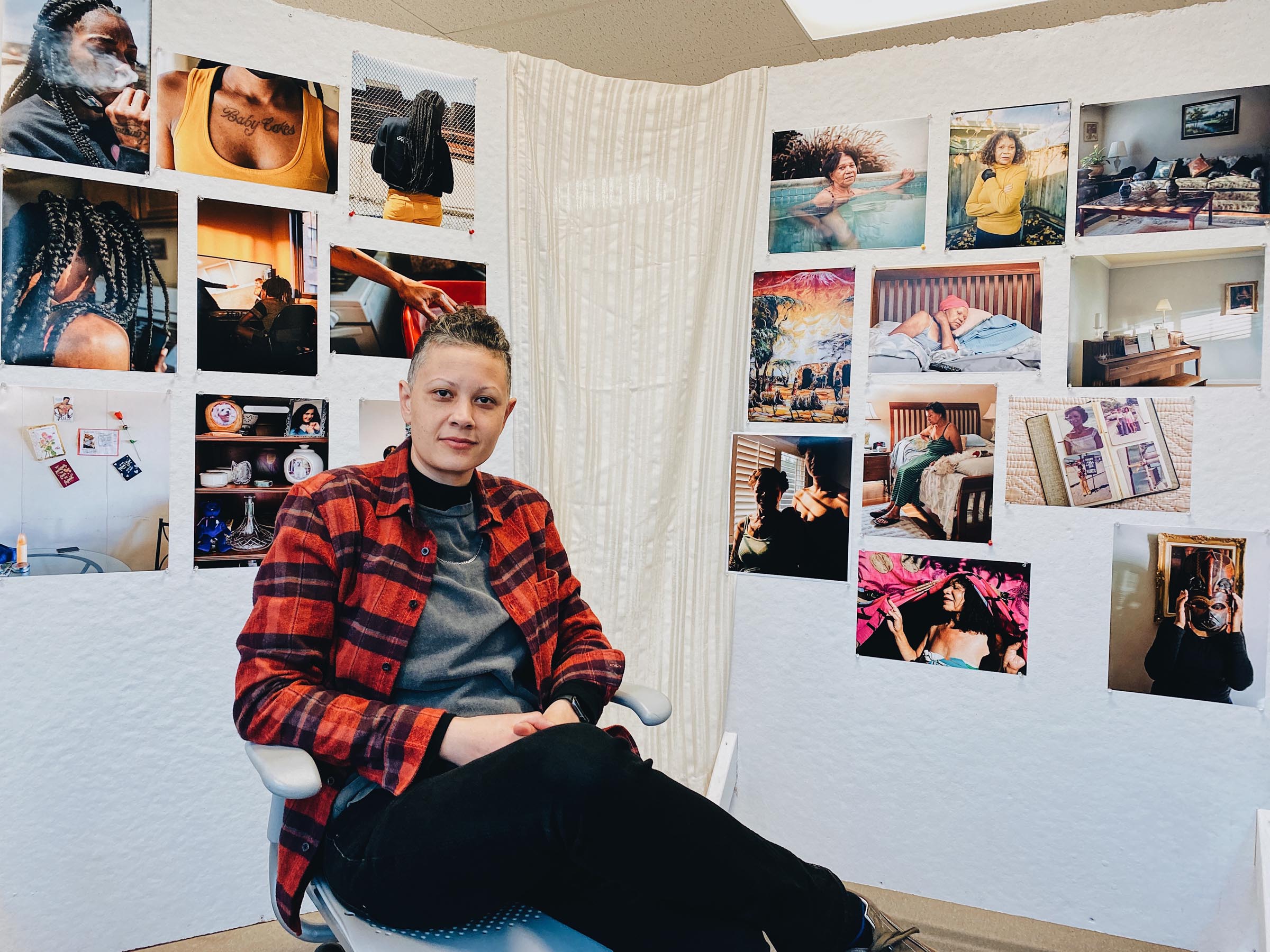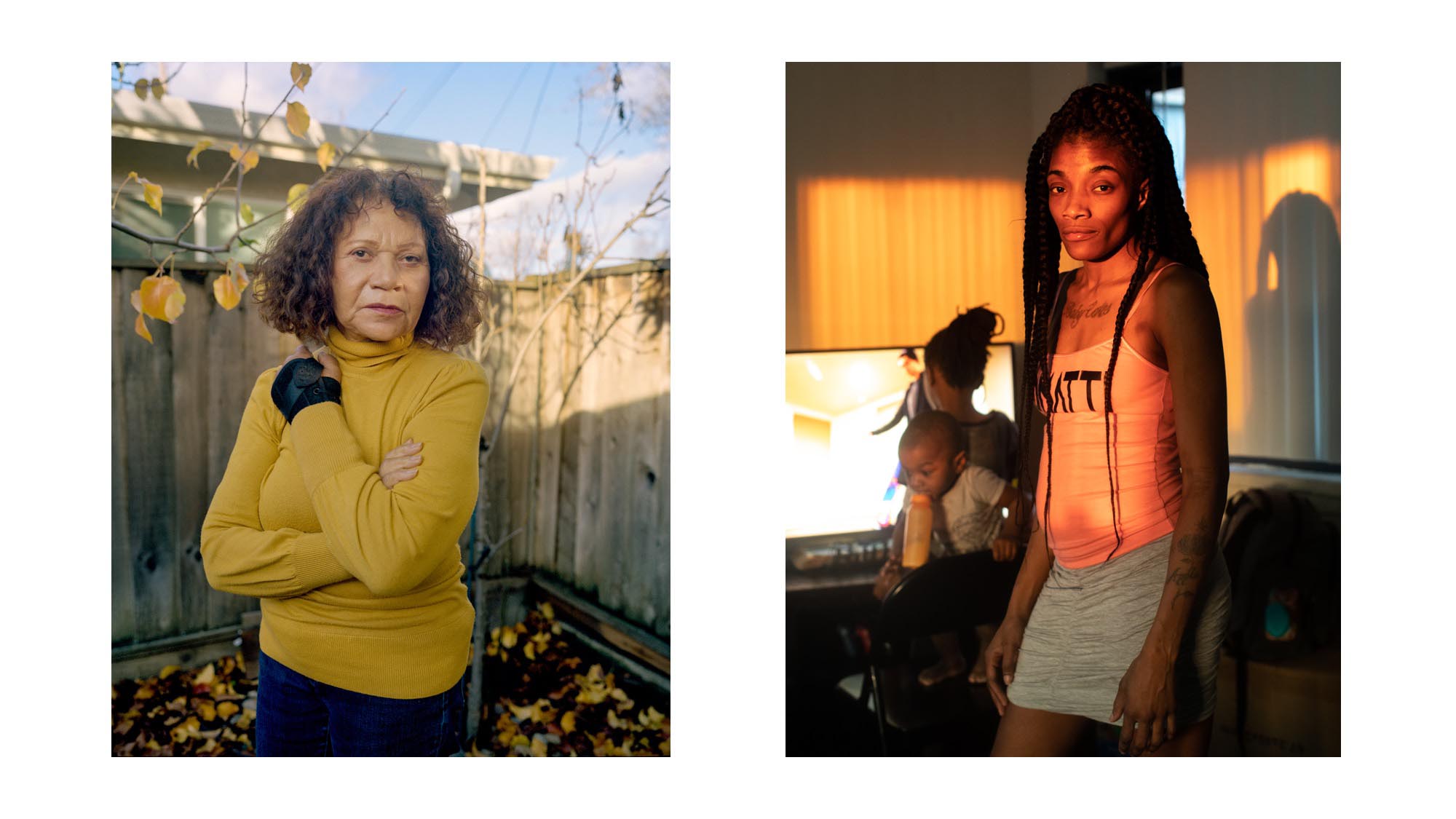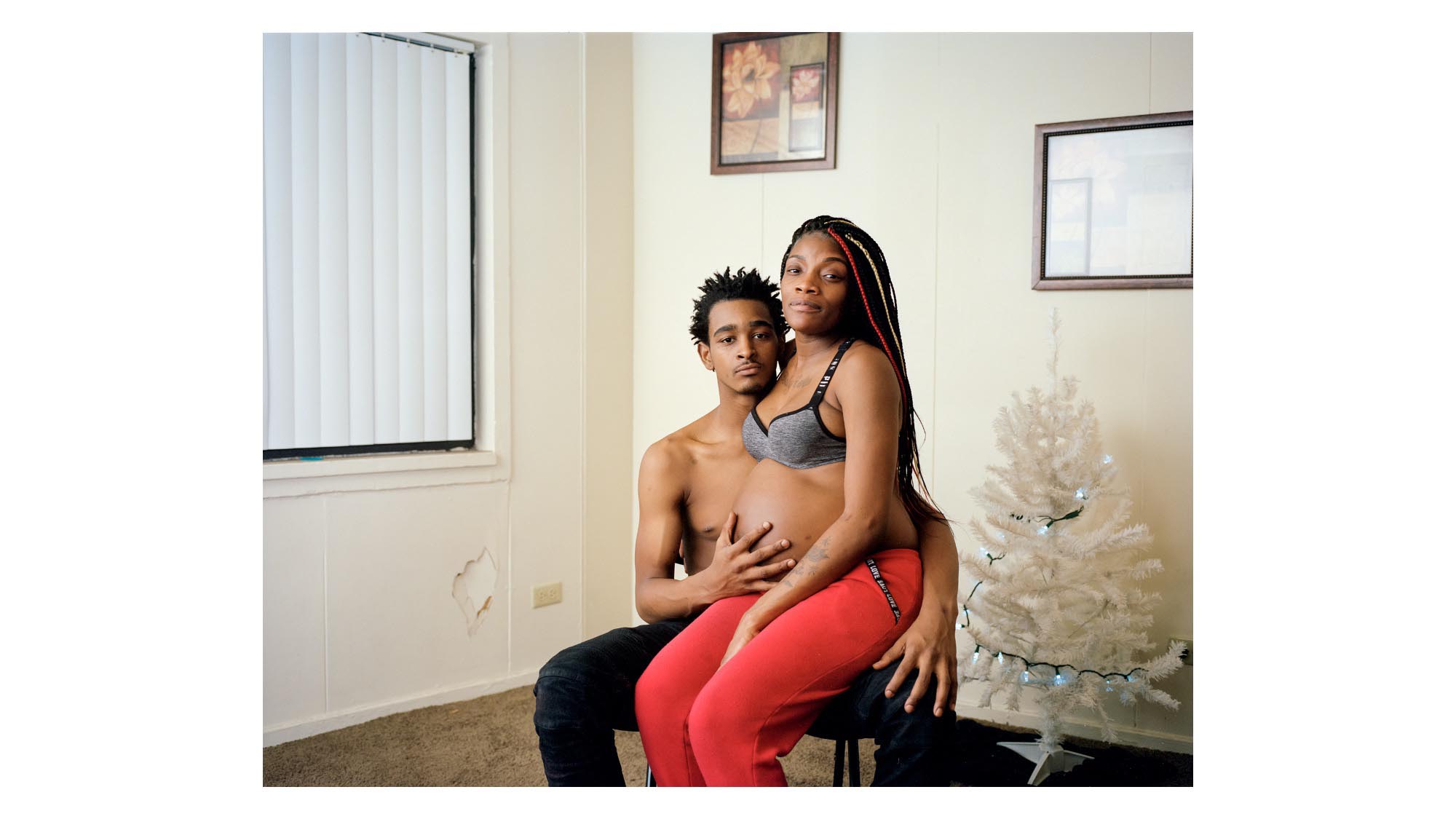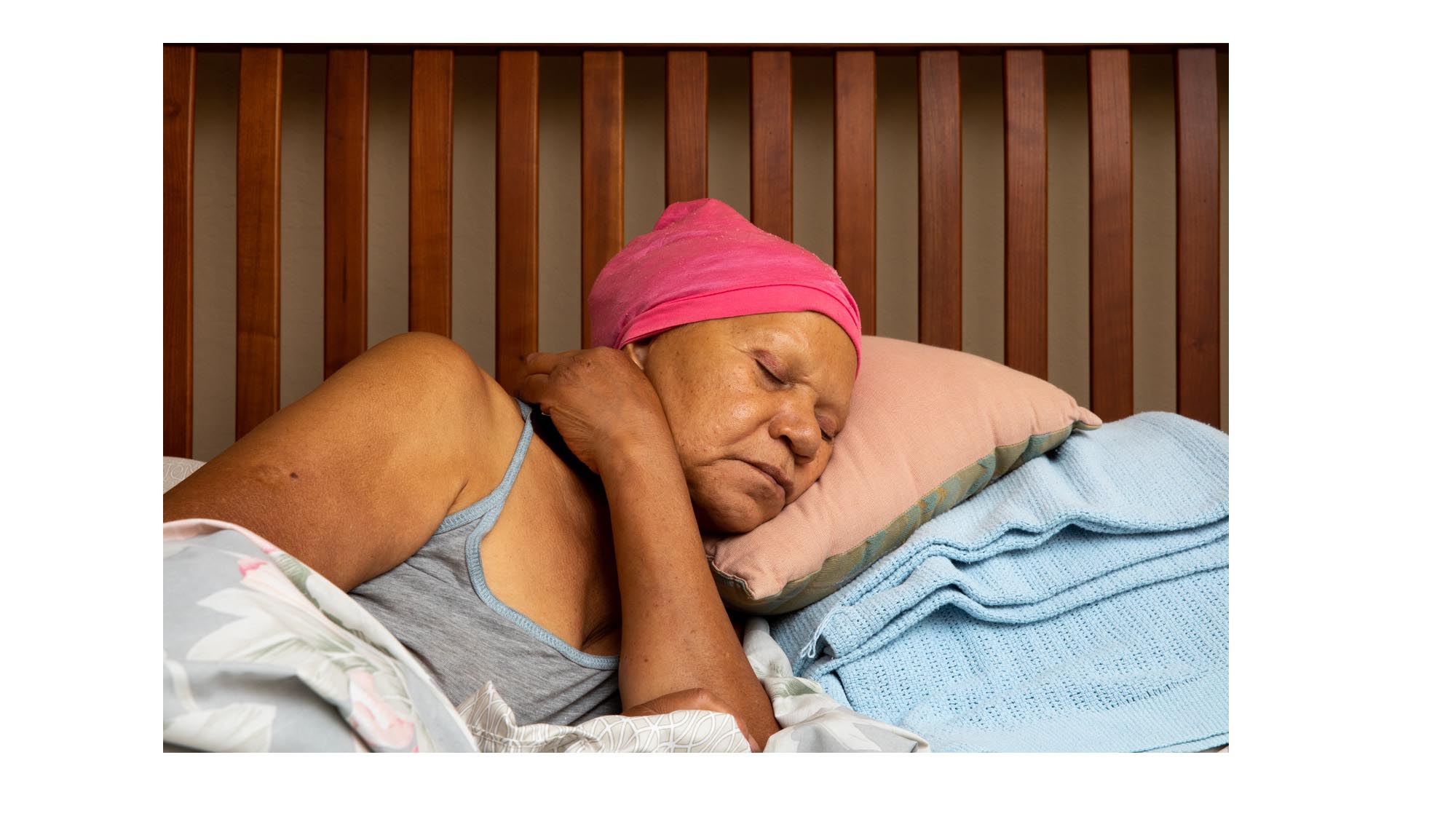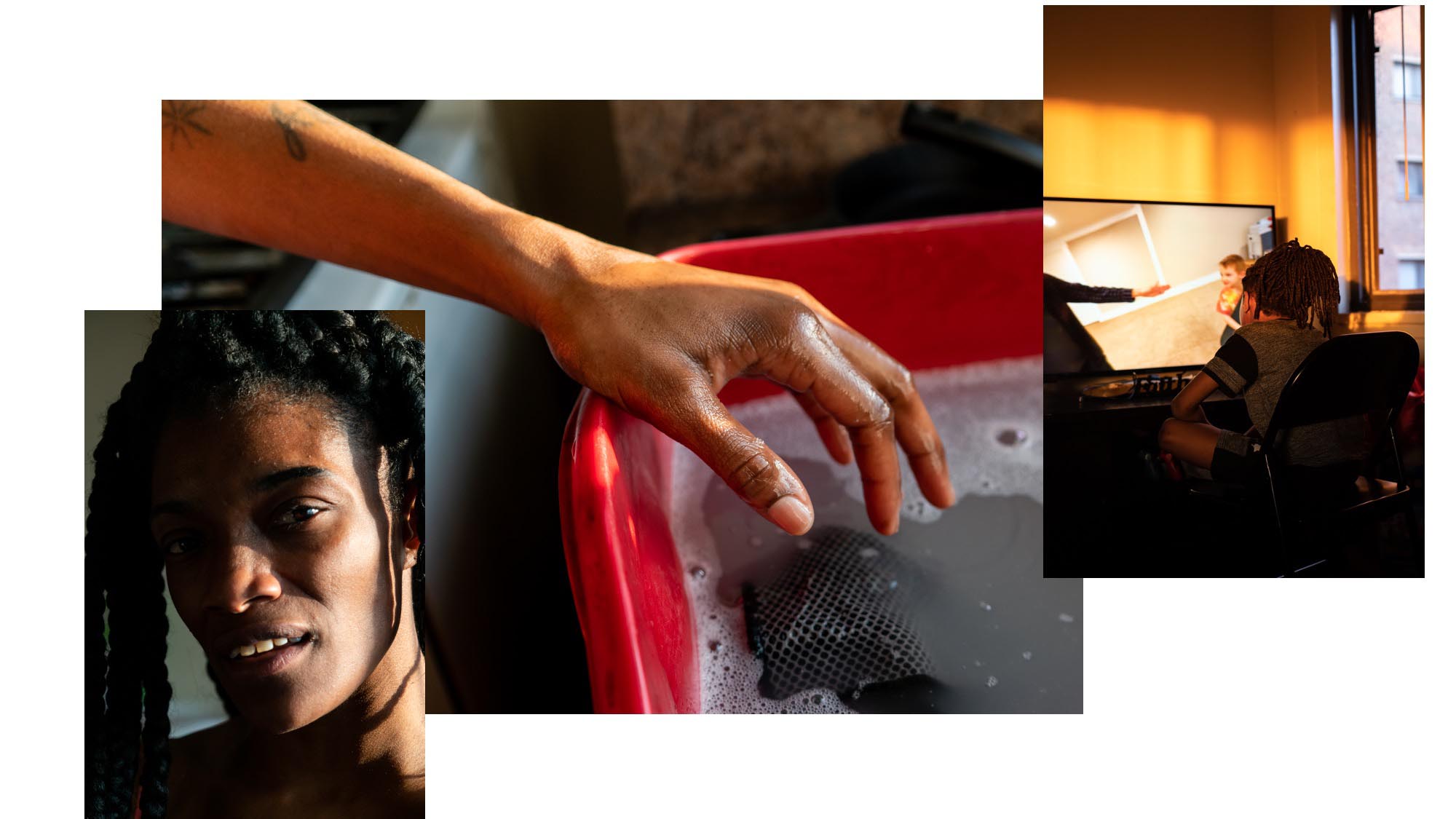How did you get into making art?
I was gifted my first Polaroid when I was 6. I remember be so enamored with not only the immediacy of a captured memory, but the physical camera itself. That obsession never let up. I continued photographing in high school, college and eventually freelanced for a long while before returning to graduate school to persue my MFA. I haven’t always made {A}rt, but I’ve always made photographs.
What are you currently working on?
My current work centers the Black Diaspora and the ways we are similar despite our wide ranging experiences. I’m curious about residual threads of colonialism that persist from generation to generation and how that shows up in the homes we create – the physical interior spaces – as well as the more intangible ways that trauma stays with us.
I'm curious about residual threads of colonialism that persist from generation to generation and how that shows up in the homes we create - the physical interior spaces - as well as the more intangible ways that trauma stays with us.
Natasha Moustache
What inspired you to get started on this body of work?
I began photographing subjects in my neighborhood in South Side, Chicago, which is how the work featured here came about. However, outside of that I grew very close to two women in particular. While documenting their lives I was also thinking about my heritage as a first generation BIPOC, my mother who emigrated from Kenya and the Seychelles Islands, and how my relationships with the two women in a particular seemed so familiar, and familial. This summer I’ll be traveling to the Seychelles Islands to expand the project. This is new work. It feels urgent and it feels expansive. I also have a feeling this project will outlive me, and I’m ok with that.
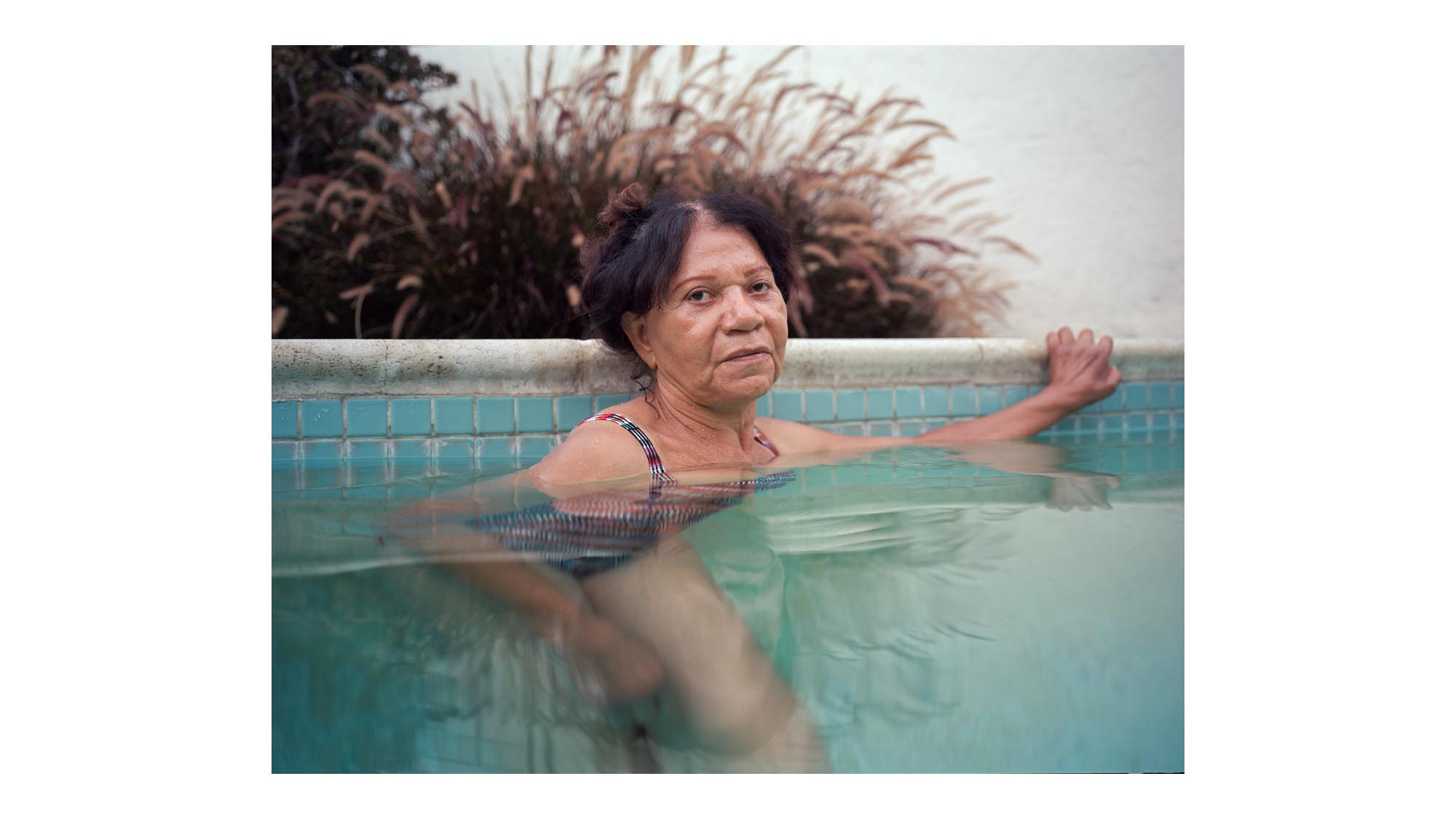
Do you work on distinct projects or do you take a broader approach to your practice?
I’m an incredibly intuitive photographer. I’ve always considered myself a documentarian even as a freelancer. I am drawn to certain subects and places and eventually, if all goes well, I discover what it is I’m looking for; what I’m trying to say. The work I’m making in grad school is living two lives. So in that sense, I’m taking a broader approach to work that at times overlaps into multiple, distinct projects .
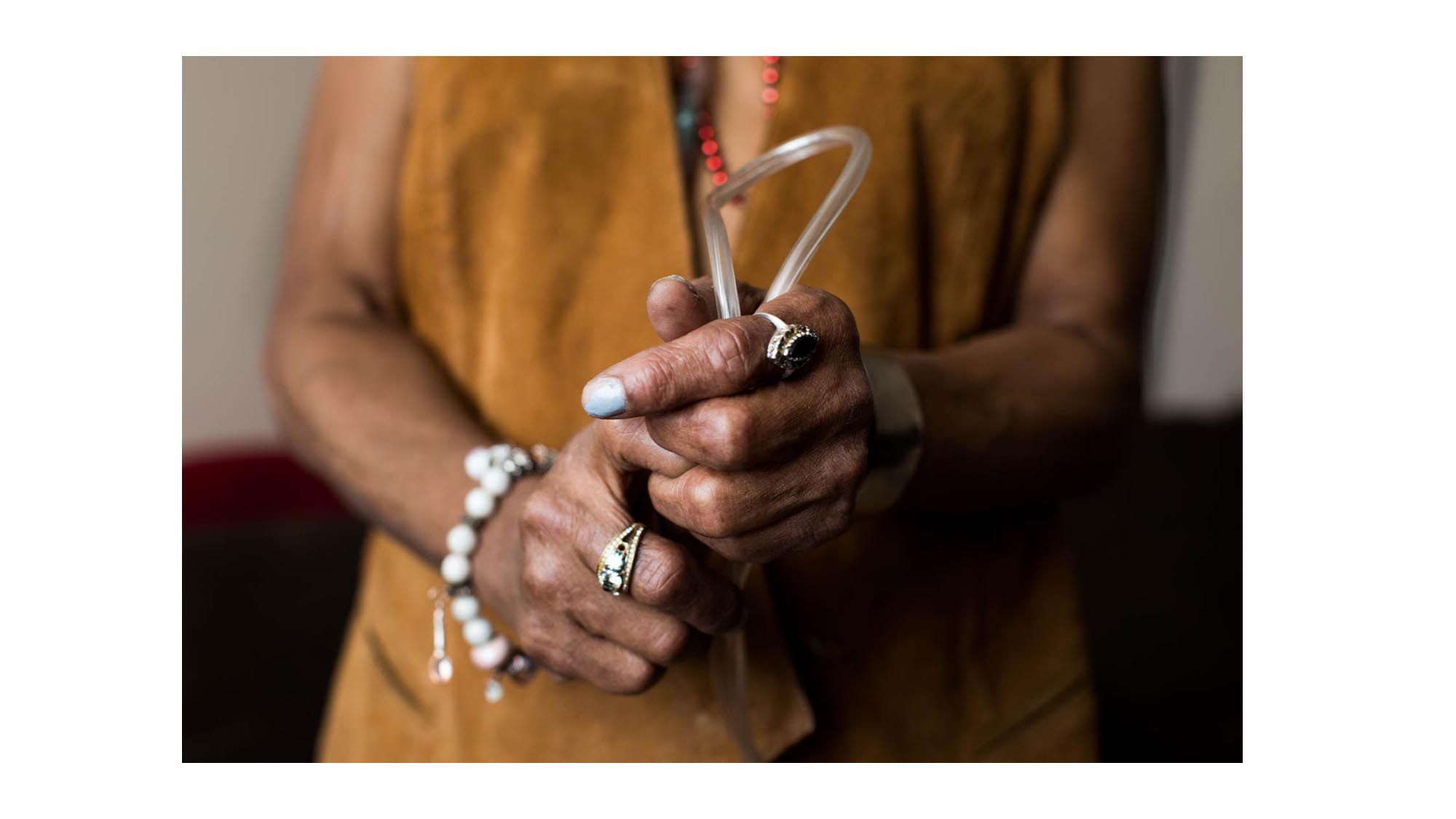
What’s a typical day like in your studio?
It involves a lot of memes, a lot of instagram, too much coffee, and eventually some music that puts me in the headspace I need to drop into my work. I’ve always worked better at night. I think a lot of artists can say the same, but there’s still pressure to adapt to the 9-5pm. I enjoy working while everyone sleeps, when it’s quiet, and there’s nothing to distract you. As a documentary photographer the real work is made out in the world and in the homes of the people I photograph. I spend a lot of time scanning film and color correcting. I think that’s easy part. It’s meditative in mechanical, in a sense. Once the images are live, that’s when the real work begins.
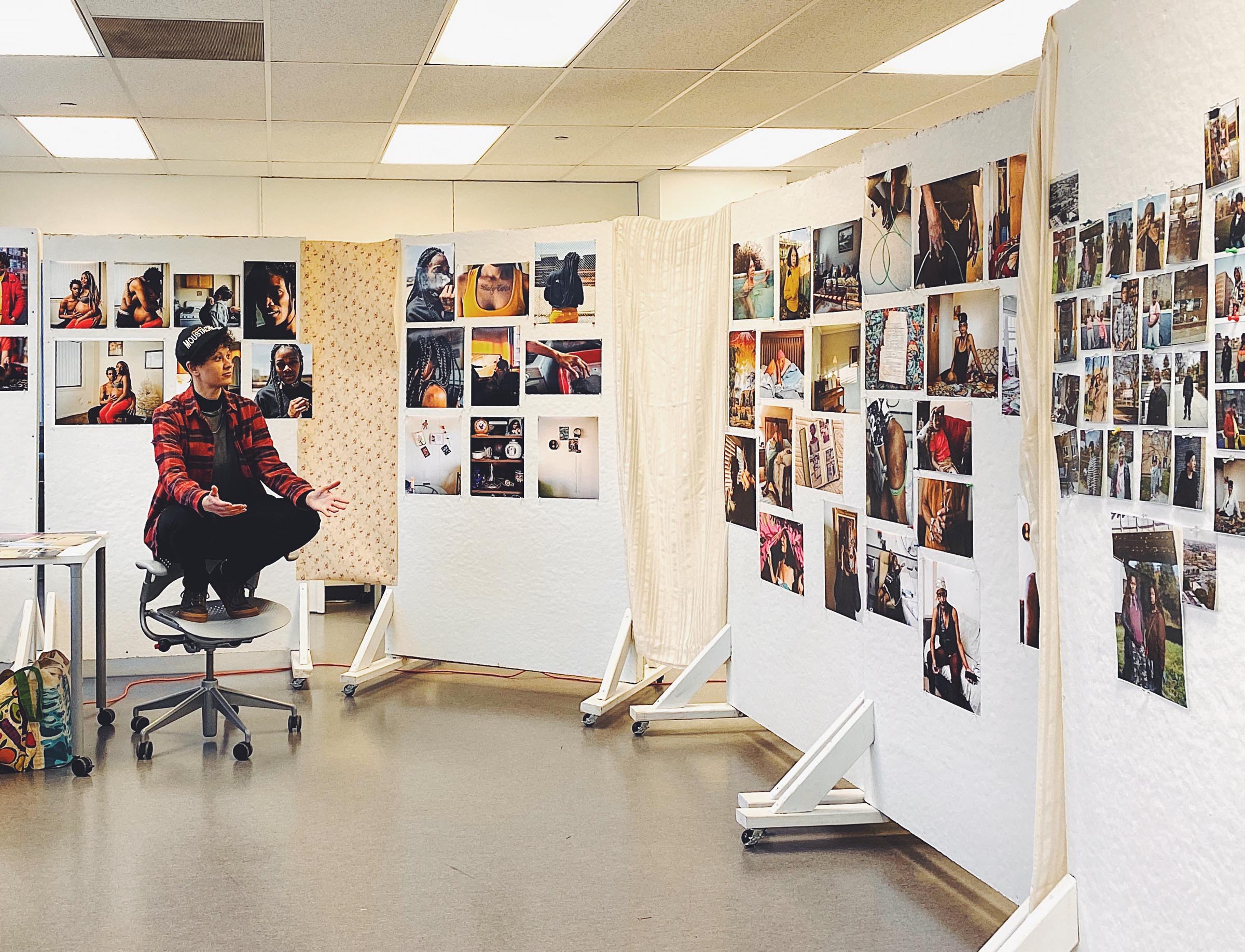
Who are your favorite artists?
When I was younger I always favored black and white 30s & 40s photographers; Brassai, Bresson, and Berenice [Abbott]. It’s also all I knew. I walked around with my Yashica 124GMat and took a million years to make one photo. You don’t have a million years in grad school and I’m currently shooting in color so things have changed. More importantly, the very narrow, Eurocentric canon is shifting (ever slowly) and those artists’ work don’t speak to my current interests. What I look for now are artists whose work I’m in conversation with. Often that’s writers, filmmakers, theorists, and sometimes photographers. I’m currently reading a lot of Édouard Glissant, watching films by Garrett Bradley, and listening to the ways photographers like Delphine Fawunda, Widline Cadet, Liz Johnson Artur and Dawoud Bey speak about their work, their families, and their experiences within the Black Diapora.
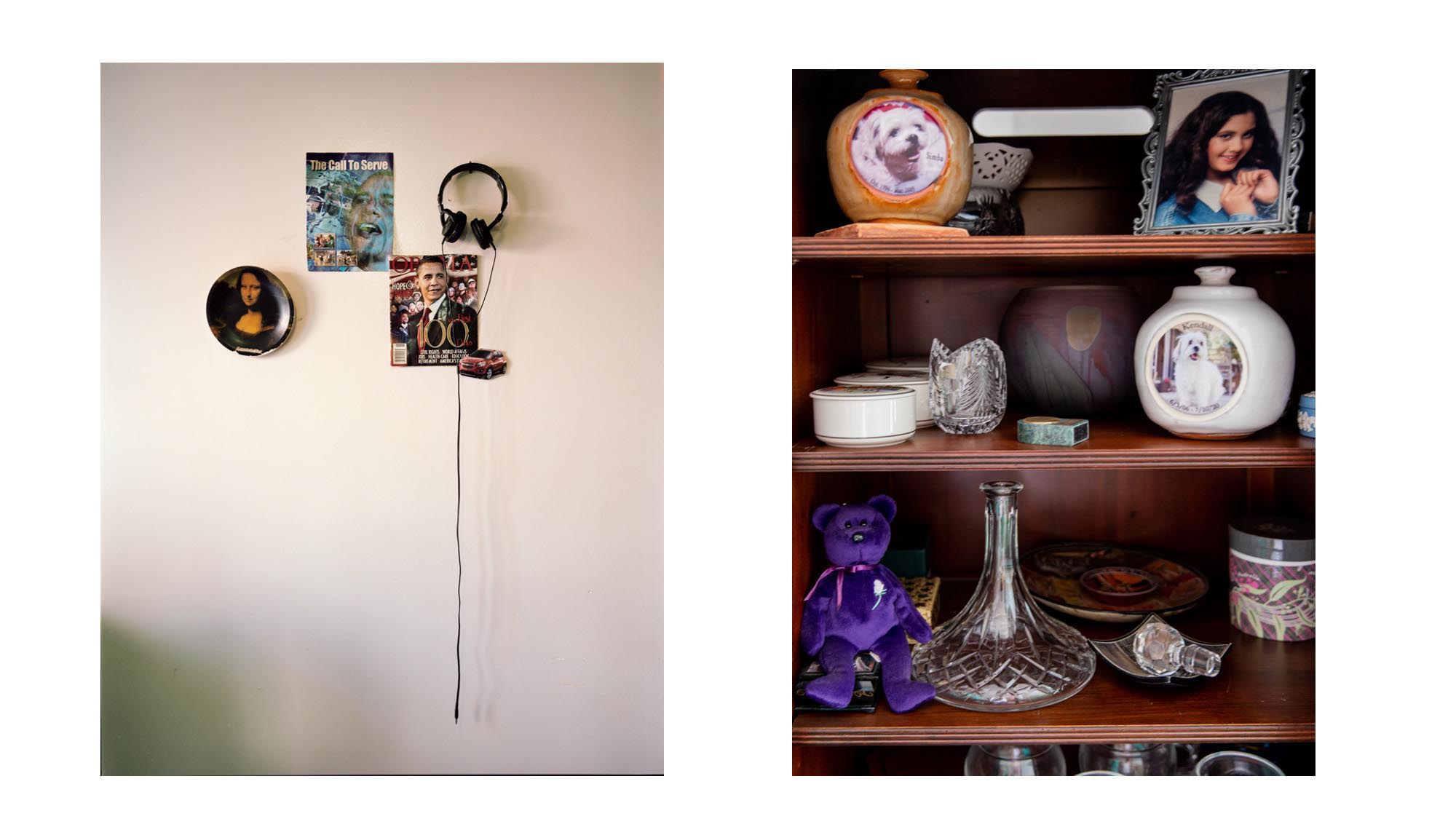
Where do you go to discover new artists?
During the pandemic, the interwebs. Instagram. As much as it is an addicting distraction, I follow artists I admire and respect, as well as institutions that support and feature the same. It’s a digitial grapvine and without it I wouldn’t know about half of the panels and artists’ lectures that I’ve attended over the last year, which is no small number. There are an endless amount of free resources at the moment and we have unusual access to artists and thinkers because everyone is stuck behind their screens. (I say this while also understanding that we need to respect and pay particular attention to how much access of ourselves we are allowing.) I must have seen Angela Davis speak three times in the first few months of lockdown. If you tailor your algorithm to really work for you and ignore everything else it becomes increasingly easy to connect to what you want to see.
Natasha Moustache is an artist based in Chicago who was recently shortlisted for The Hopper Prize. To learn more about the artist:
